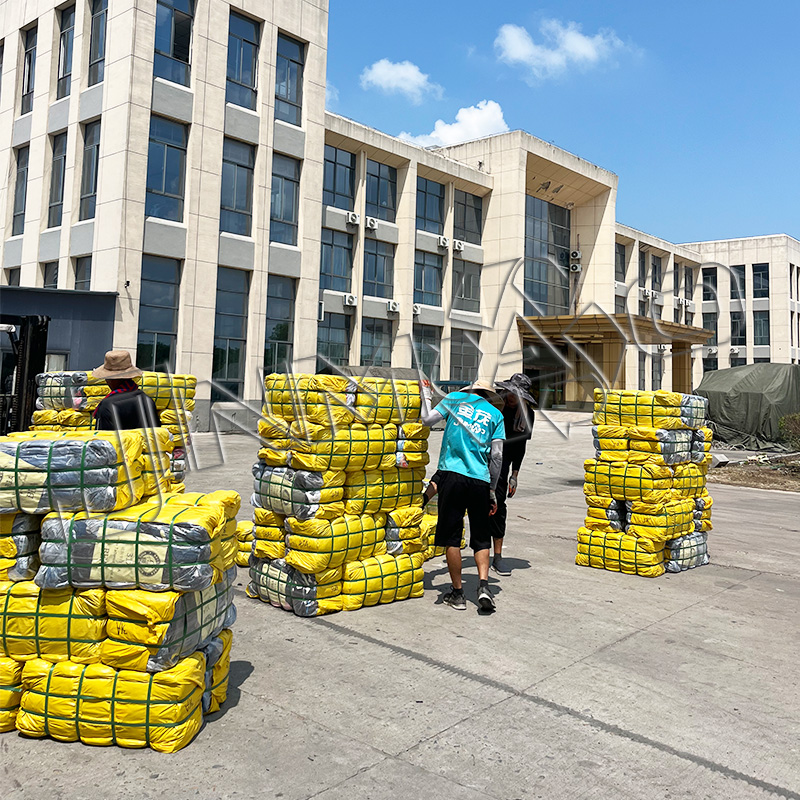
7
Oct
Jinmao China Factory explores the underlying reasons for the popularity of pre-loved used apparel in Southeast Asia
The Southeast Asian market has emerged as a burgeoning hub for second-hand clothing, driven by a confluence of economic, cultural, and environmental factors.
Economically, Southeast Asia is home to a diverse range of consumers with varying purchasing power. Second-hand clothes offer an affordable alternative to new clothes, allowing consumers to enjoy quality apparel at reduced prices. This affordability makes fashion accessible to a broader demographic, including those in economically developing regions where disposable income for luxury goods is limited.
Culturally, there is a burgeoning appreciation for vintage and unique fashion across Southeast Asia. This cultural shift is fueled by a growing awareness of global fashion trends and an appreciation for individuality in style. Second-hand clothing offers a treasure trove of distinctive pieces that allow consumers to express their unique identity while also participating in global fashion currents.
From an environmental perspective, the second-hand clothing market aligns with increasing ecological consciousness among consumers. The fashion industry is notoriously resource-intensive, and many consumers are turning to thrift shopping as a sustainable alternative to fast fashion. By purchasing second-hand garments, consumers in Southeast Asia are contributing to the reduction of textile waste and fostering a circular economy where goods are reused and recycled.
Finally, the growth of digital platforms and marketplaces has significantly boosted the accessibility and appeal of second-hand clothing in the region. Online platforms facilitate easy browsing and purchasing, allowing consumers to access a wide array of products from the comfort of their homes. This digital transformation complements traditional markets, expanding the reach and scale of the second-hand clothing industry.
In conclusion, the thriving market for second-hand clothes in Southeast Asia is a multifaceted phenomenon driven by economic practicality, cultural shifts towards individuality and vintage fashion, environmental considerations, and the expansion of digital marketplaces. These factors collectively contribute to a dynamic and sustainable second-hand clothing sector that satisfies the diverse needs of the region’s consumers while promoting environmental responsibility.
